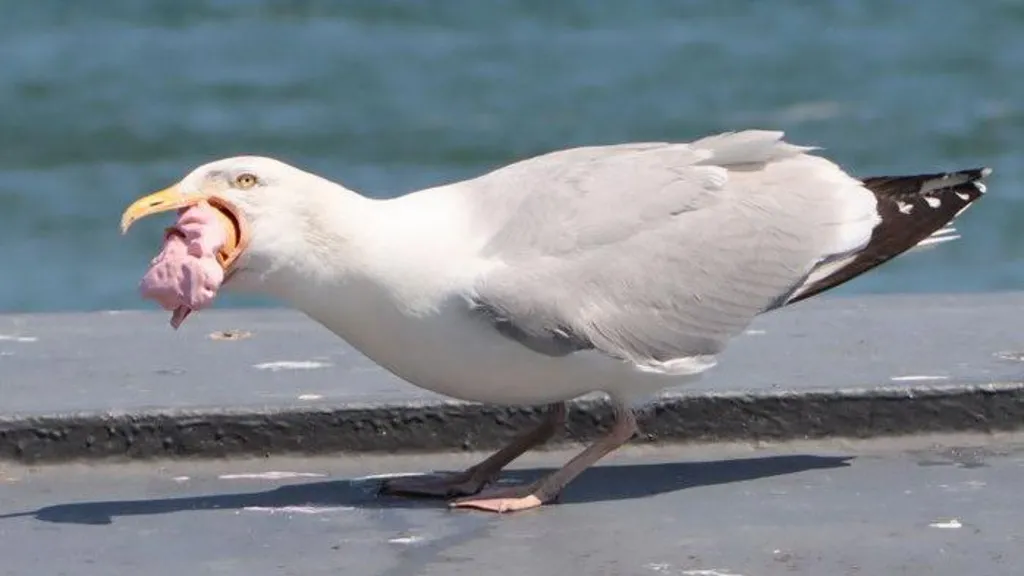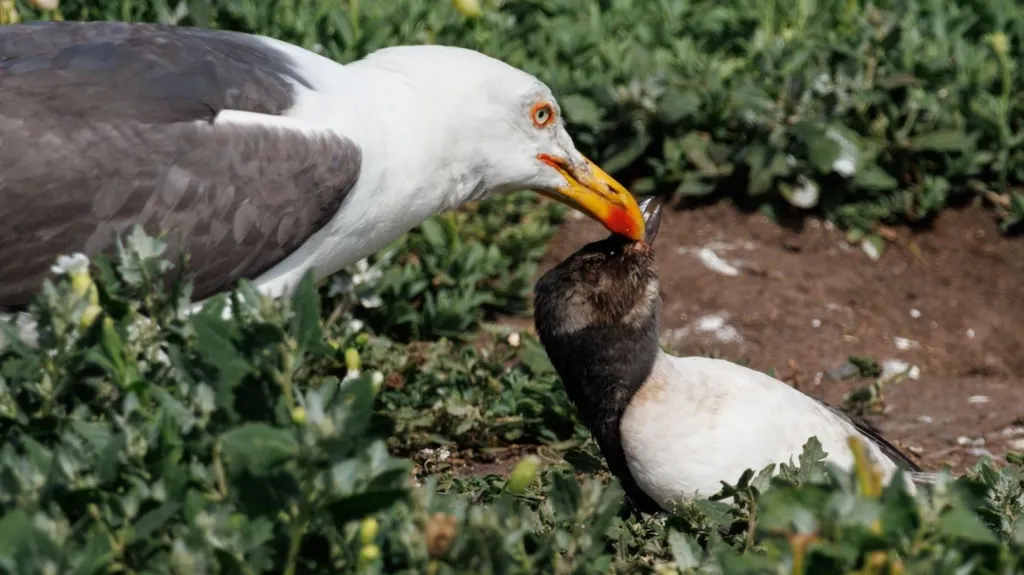Gulls, known for their ravenous appetites, have always been opportunistic feeders, known to pilfer chips or even swallow entire starfish. Recently, scientists have been drawn to the unexpected diversity in their diets, as observed through photos shared on social media. This prompted Dr. Alice Risely, an ecologist at the University of Salford, to launch a citizen science project called “Gulls Eating Stuff.” The project invites the public to submit images of gulls eating unusual or unexpected items, which can help scientists better understand their behavior, roles in ecosystems, and how their diet is changing.
Gull Diet Shifts Driven by Environmental Threats and Adaptation to Urban Food Sources
The diet changes of gulls may be influenced by various threats to seabird populations. Warming oceans, overfishing, and the spread of avian flu are major concerns for UK seabirds, which are already struggling. As a result, some gull species in the UK are now listed on the red conservation list, highlighting their vulnerable status. Gulls’ population numbers have been declining, and understanding their diet in this context is critical, as it might provide insights into how they are coping with these challenges.

Some gull species are increasingly moving closer to human settlements, adapting their diets to include human leftovers alongside their traditional food sources like fish, crabs, and earthworms. Dr. Risely suggests that gulls may come into urban areas during the breeding season to feed their chicks and return to their natural diets after the chicks have fledged. However, there are concerns that gulls may be relying on human food year-round due to a diminishing natural food supply. The lack of data on gull diet habits in urban environments means there is much to be discovered.
Citizen Science Project Aims to Track Gulls’ Dietary Shifts Amid Population Declines
Dr. Risely’s project aims to fill the data gap by collecting images of gulls eating various foods, which may reveal emerging patterns and dietary shifts. The project allows citizens to contribute photos of gulls eating unusual items, such as human snacks or other animals. This data could help researchers understand how gulls’ diets have adapted to both urbanization and environmental changes. Despite the growing number of photos, Dr. Risely emphasizes the need for more research to uncover the extent of these shifts in gulls’ feeding behavior.
The decline of gull populations, especially in natural habitats, is a growing concern. In the UK, large colonies of seabirds, including gulls, are nesting on cliffs, but their numbers are dropping significantly due to climate change, food scarcity, and other environmental pressures. Some species, such as herring gulls and lesser black-backed gulls, are even seeking refuge in urban areas. Monitoring natural gull populations continues, but there is a lack of data on their urban counterparts, making it difficult to assess the full extent of these population declines. This highlights the importance of citizen science and projects like “Gulls Eating Stuff” to gather more information.
